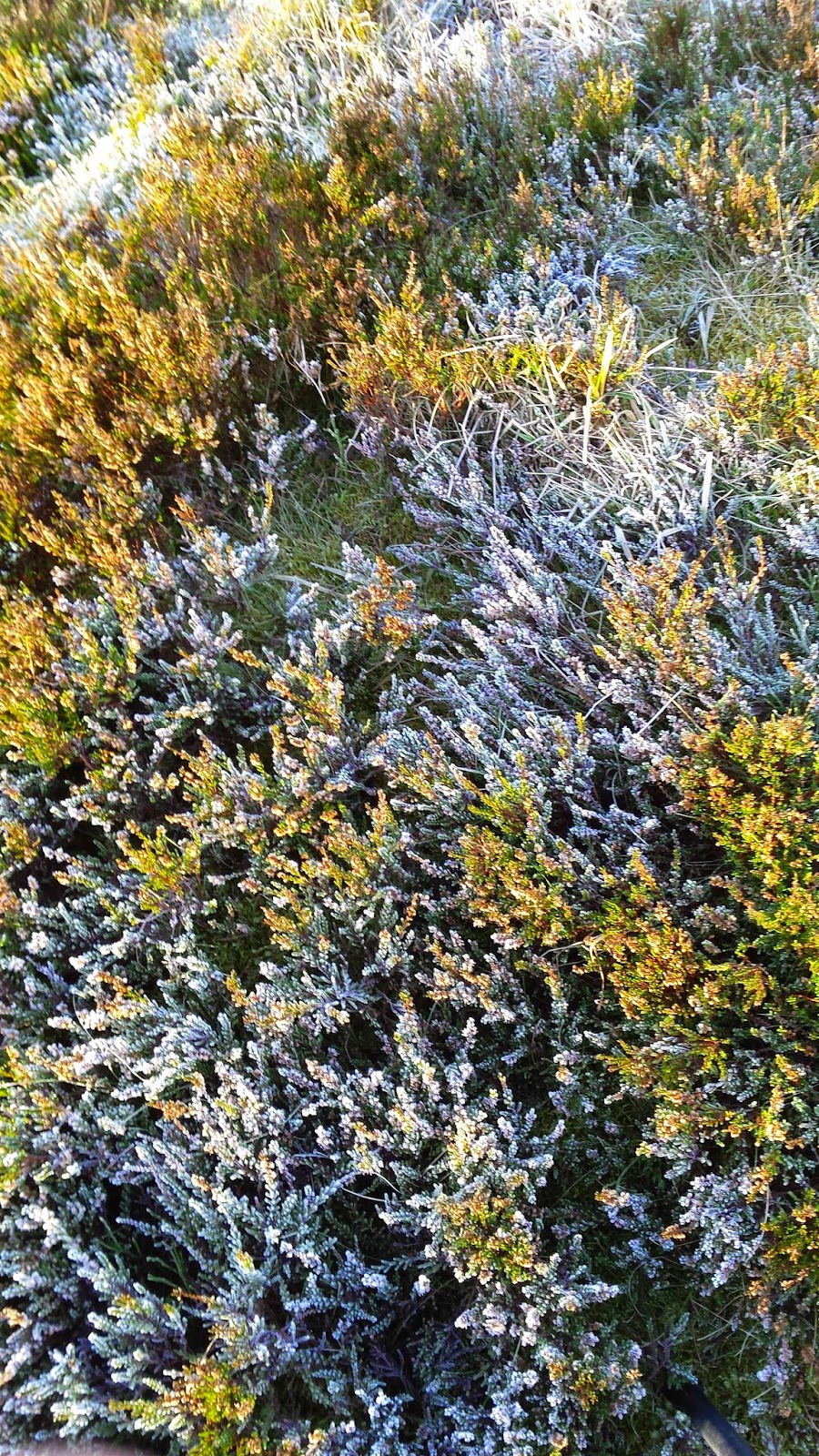A short morning amble up past the white house in Fron Wyllt.
On one of the Wych Elms, Ulmus glabra, there was a long, quite tubular
Phyllonorycter mine, very much between two veins. suggesting the Elm Midget,
Phyllonorycter tristrigella (Haworth, 1828). This one was showing only limited
edge damage to the upper epidermis, as though it perhaps hadn't fully
developed. One possible exit hole.
The mining is carried out in July and then in
September/October. This one is presumably from the first generation of 2019?
It was unlikely to be Phyllonorycter schreberella, as this
is an oval and less contracted mine, possibly across main veins. In addition
this is less rarely found on Wych Elm, and also it is commoner in the south of
the country (England and Wales), although the distribution certainly does reach North Denbighshire.
Interesting afternoon walk to the east across the Afon
Clwyd, along a made track and down a path along the east track, then up through
the spruce forest, and back along the Fisheries Road to the main
Cerigg-y-drudion road - taking care to take to the verges to avoid the speeding
cars.










